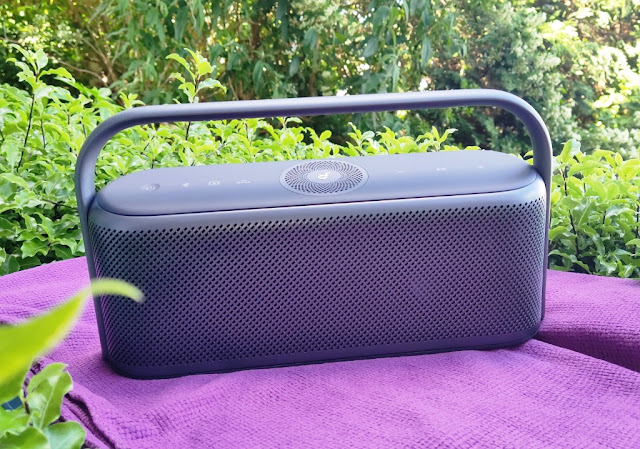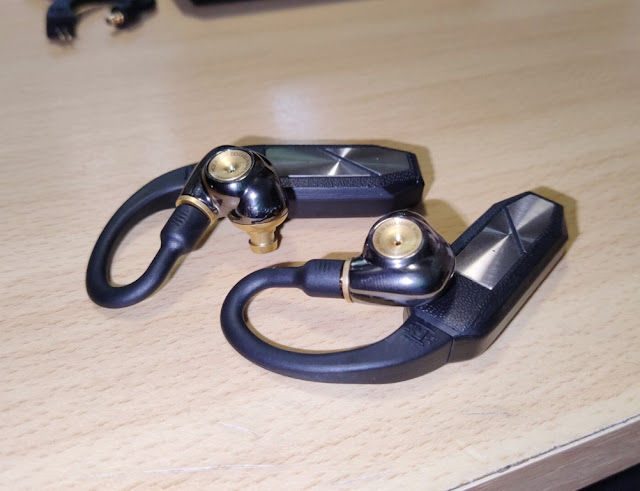











output and two small LEDs on top. The LED on the left lets you know if zero latency monitoring is on or off, while the other LED with a USB symbol is the USB power light that lets you know the AI-1 audio interface is powered and working.






dynamic microphone capsules point toward the top of the microphone

The frequency range of the NT1 microphone is between 20Hz and 20kHz with an output impedance of 100 ohms. The maximum output level is 8.0mV with a sensitivity of -29.0dB.


What's neat about the Rode complete studio kit is that it comes with everything you need to start using it right out of the box. All you need to have already with you is a computer and a DAW software program.
 The Rode complete studio kit includes:
The Rode complete studio kit includes:
USB-C to standard USB 40cm cable

Quick start guide













USB-C to standard USB 40cm cable

Quick start guide

Rode NT1 condenser microphone

Rode mic drawstring dust cover

Rode shock mount



Rode metal filter
9 meter-long RODE 3-pin XLR professional low noise microphone cable


(XLR Male to XLR female)

locking base nut

The Rode shockmount is made of reinforced polymer and fits most large diaphragm condenser microphones and features a clamping system and double Rycote Lyre suspension system that effectively suspends the microphone in total isolation.

blue spacer ring
The shockount comes with a removable and washable all metal pop filter, a built-in cable management clip and a locking base nut to suit Rode large diaphragm condenser microphones. The wavy blue ring you see above is a spacer that fits inside of the mic. The ring is designed to give a more secure fit for the XLR cable to an XLR microphone.

complete kit has a 10 year warranty













0 comments